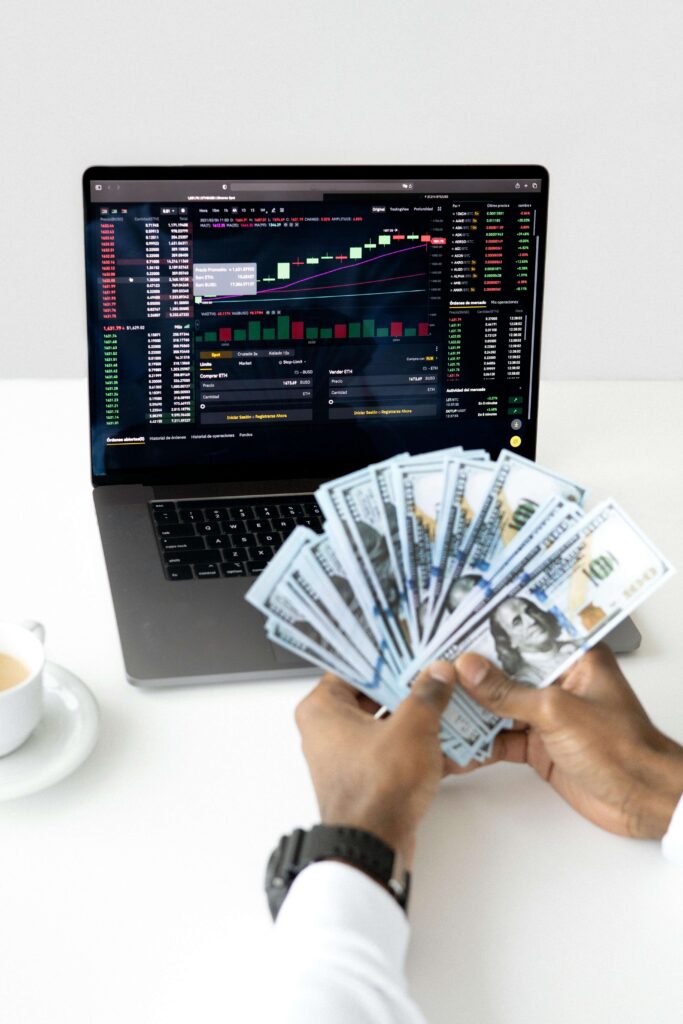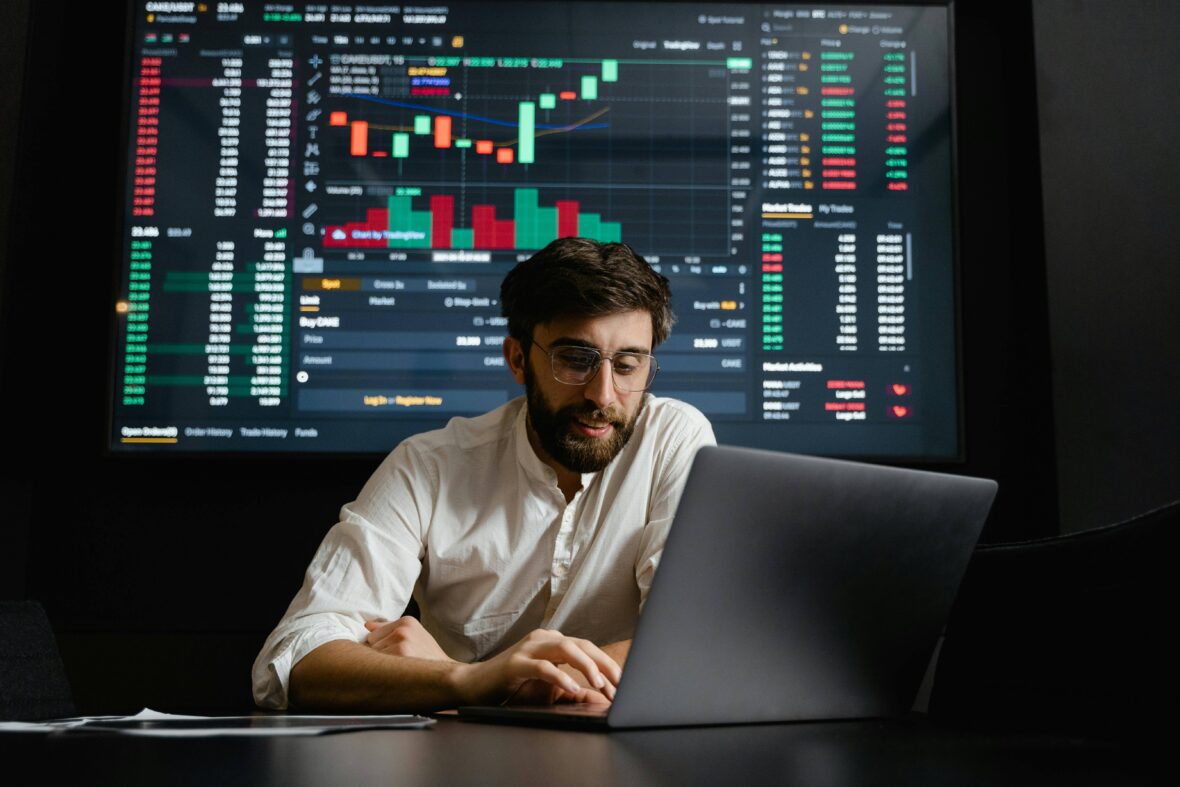Volatility Traders When Chaos Meets Opportunity
Explore strategies, tools, and how the volatility market creates both risk and opportunity.
Imagine waking up to a 3% drop in the stock market and watching headlines flip from optimism to panic in minutes. For most, it is unsettling. But for a specific breed of investor, volatility traders, this is where opportunity begins.
The financial world doesn’t move in straight lines; it:
- Swings
- Shakes
- Spirals (sometimes)
The volatility market is a testament to this truth, where turbulence becomes a trading signal, not a threat.
Volatility traders thrive in unpredictable markets. They don’t fear sharp price swings; they anticipate them, track them, and capitalize on them. In a world where markets no longer move in straight lines but swing, spiral, and surge, volatility is not noise; it’s the signal.
Introduction: Understanding the Volatility Market and Its Traders
The volatility market represents the magnitude and frequency of price changes, often interpreted as investors’ uncertainty or market fear.
But for volatility traders, it offers a landscape rich with possibilities. Instead of betting on whether markets rise or fall, they focus on how much they move.
What Is the Volatility Market?
Volatility is a measure of how dramatically asset prices fluctuate. The volatility market centers around this movement and includes:
- Assets
- Indexes
- Instruments
These track or capitalize on fluctuations.
Key Indicators
- VIX (Volatility Index): the market’s ‘fear gauge’
- ATR (Average True Range) shows average price movement
- Bollinger Bands: visualize market deviations
The stock exchange market is a prime example of a volatility market, where price movements are constant, influenced by global events, sentiment, and economic signals.
Volatility traders thrive here, not by guessing market direction, but by anticipating how much the market will move.
Who Are Volatility Traders?

aaaa
aaaa
aaaa
aaaa
Volatility traders specialize in profiting from price fluctuations rather than price direction. They use:
- Options contracts (straddles, strangles, spreads)
- Volatility ETFs like VXX or UVXY
- Futures tied to volatility indexes
They are strategic, calm under pressure, and data-driven. While the average investor panics during wild swings, volatility traders lean into them.
Why Volatility Traders Are Different
Unlike traditional investors, volatility traders:
- Prioritize risk management
- Rely heavily on real-time data
- Trade short-term windows
- Embrace, not avoid, market shocks
They’re like storm chasers, racing toward the action while others take shelter.
Real-Life Use Case: Trading During a Fed Announcement
On days when central banks announce interest rate changes, volatility spikes. While many step back, volatility traders may:
- Open an iron condor to profit from rapid movement
- Use VIX options based on expected reactions
- Enter and exit trades within hours
How to Navigate the Volatility Market
- Stay Informed
Track news, data releases, and sentiment.
- Diversify
Volatility impacts different sectors differently.
- Use Stop-Losses
Protect your capital.
- Consider Volatility Instruments
Like VIX ETFs and options.
- Manage Emotion
Volatility often leads to overreaction.
Tips for Aspiring Volatility Traders

- aaaa
- aaaa
- aaaa
- aaa
- Master options Greeks (Delta, Gamma, Theta, Vega)
- Use technical tools like Bollinger Bands, ATR
- Backtest your strategies in historic markets
- Always trade with a defined risk limit
FAQs about Volatility Traders
Q1: What exactly do volatility traders do?
These traders profit from the magnitude of market movement, not direction. They use tools like options, futures, and volatility ETFs to trade price fluctuations.
Q2: Is volatility trading risky?
Yes, it carries risk, but it’s strategically managed through tight stop-losses, hedging strategies, and disciplined trade planning.
Q3: Can beginner investors become volatility traders?
Absolutely.
With proper education and tools like simulated back testing, even small investors can enter the volatility space using options.
Q4: Which tools do volatility traders rely on?
Common tools include the VIX index, Average True Range (ATR), Bollinger Bands, and Greeks (Delta, Theta, Gamma, Vega).
Q5: How does AI impact volatility trading?
AI-powered trading platforms help analyze patterns, detect volatility spikes, and automate entry/exit points for faster, data-driven decisions.
Conclusion and CTA: Storm Riding, Not Storm Hiding
Volatility traders aren’t gamblers; they’re tacticians. They don’t fear chaos; they forecast it.
In today’s data-driven, globally connected markets, mastering volatility is not just a niche; it is a necessity.
Explore more about trading psychology or volatility tools, comment in the box below.
Read also How to Invest: A Beginner Guide to Build Wealth & Achieve Profit
Methodology: This blog follows a structured methodology aligned with Google’s helpful content guidelines and E-E-A-T principles. It provides original insights, SEO best practices, and is optimized for AI-enhanced search and reader value.







